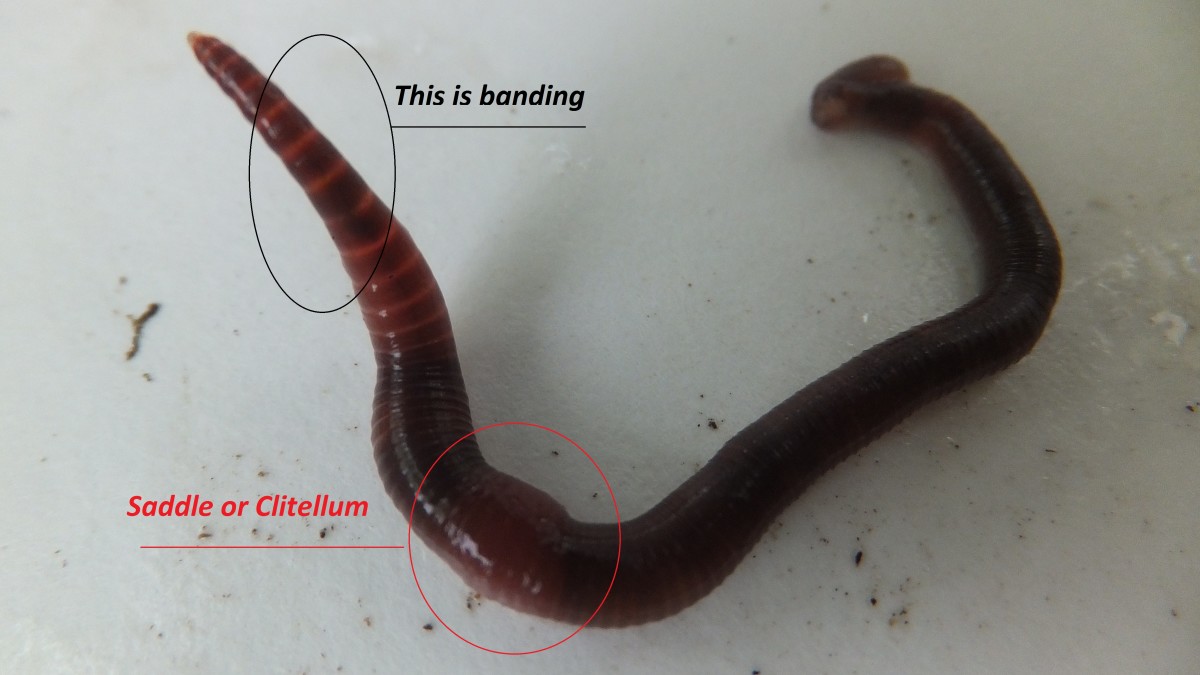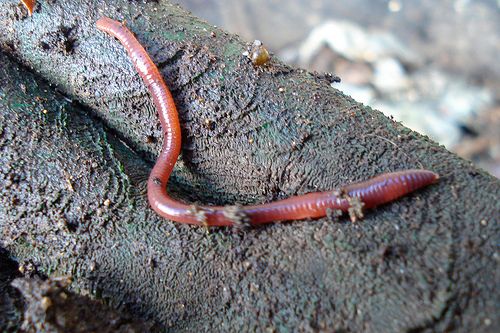Costs Quality Red Wiggler Worms - Improve Your Garden's Fertility
Red Wiggler Worms Demystified: Unlocking the Keys of Vermiculture for Greener Living and Nutrient-Rich Dirt
In the realm of sustainable practices for enriching dirt high quality and promoting eco-conscious living, red wiggler worms play a crucial yet frequently forgotten role. Red Wiggler Worms. Understanding the complexities of caring for these worms, optimizing their environment, and harnessing their castings can lead to a greener way of life and healthier soil for plants to thrive.
The Duty of Red Wiggler Worms
Red Wiggler worms play a crucial duty in composting systems by successfully damaging down natural issue right into nutrient-rich spreadings. These ravenous eaters take in a selection of organic materials, such as kitchen scraps, lawn waste, and paper products. As they feed, the worms' digestion procedures damage down the raw material right into a fine, dark, and nutrient-dense product referred to as worm castings or vermicompost.
The castings generated by Red Wiggler worms are very helpful for soil health and plant development. They are rich in essential nutrients like phosphorus, nitrogen, and potassium, which are vital for supporting healthy plant advancement. Additionally, worm castings include beneficial microorganisms and enzymes that help improve dirt framework, boost water retention, and enhance nutrient uptake by plants.
Benefits of Vermicomposting

Moreover, vermicompost, the nutrient-rich output of vermicomposting, acts as an outstanding natural plant food and soil conditioner. It boosts soil framework, enhances soil oygenation, and raises dirt wetness retention. These properties contribute to healthier plants with more powerful root systems and much better resistance to insects and diseases. Vermicompost likewise improves the soil with crucial nutrients like phosphorus, nitrogen, and potassium, promoting plant development and total dirt fertility.
In addition, vermicomposting supports lasting gardening practices by providing a chemical-free and natural alternative to synthetic fertilizers. Red Wiggler Worms. This eco-friendly method not just improves the soil however additionally helps in reducing dependence on damaging chemicals, advertising a greener and a lot more lasting way of gardening
Establishing a Worm Container
When establishing a worm bin for vermicomposting, appropriate configuration is vital to guarantee the success of the composting process. The very first step in setting up a worm bin is selecting an appropriate container.
After adding the bed linens, introduce the red wiggler worms to the container. It is suggested to begin with a handful of worms and progressively raise as they increase. The worms must after that be provided with food scraps such as vegetables and fruit peels, coffee grounds, and eggshells. It is vital to stay clear of adding meat, milk, oily, or salted foods to avoid attracting pests and creating undesirable odors.
Routinely keep an eye on the wetness degrees and temperature in important link the worm bin to ensure see it here optimal problems for the worms. With proper arrangement and maintenance, the worm bin will successfully convert natural waste into nutrient-rich garden compost for your plants and garden.
Collecting Worm Spreadings
To efficiently gather nutrient-rich worm castings from your vermicomposting system, a systematic harvesting method is vital. When it comes time to gather the worm castings, there are a couple of vital steps to follow to make sure a successful process.

Troubleshooting Common Issues
Determining and resolving common difficulties that may arise throughout the vermicomposting process is crucial for keeping a healthy and balanced and effective worm container. Including excess food scraps can lead to a build-up of dampness and acidity in the worm container, potentially harming the worms. One more problem is undesirable smells originating from the worm bin.
In addition, if the worm population is decreasing or the worms show up undesirable, it might be as a result of ecological stress factors such as severe temperature levels or pH degrees. Keeping an eye on these elements and making necessary adjustments is important for the wellness of the worms. By troubleshooting these usual problems immediately, vermicomposters can guarantee a smooth and effective vermicomposting procedure while maintaining a thriving worm population.

Conclusion
In verdict, red wiggler worms play an dig this important function in vermiculture by breaking down raw material right into nutrient-rich dirt. The advantages of vermiculture include greener living and improved soil high quality. Setting up a worm bin is important for successful vermiculture, and harvesting worm spreadings supplies valuable compost for horticulture. By recognizing and troubleshooting common issues, individuals can open the keys of vermiculture for lasting living and healthier soil.
As they feed, the worms' digestive processes break down the organic issue right into a penalty, dark, and nutrient-dense product understood as worm spreadings or vermicompost.
The spreadings produced by Red Wiggler worms are extremely useful for dirt wellness and plant growth. Including excess food scraps can lead to a build-up of dampness and level of acidity in the worm bin, possibly harming the worms.Additionally, if the worm population is declining or the worms appear unhealthy, it could be due to ecological stress factors such as extreme temperatures or pH degrees. Establishing up a worm container is essential for effective vermiculture, and harvesting worm spreadings gives useful compost for horticulture.